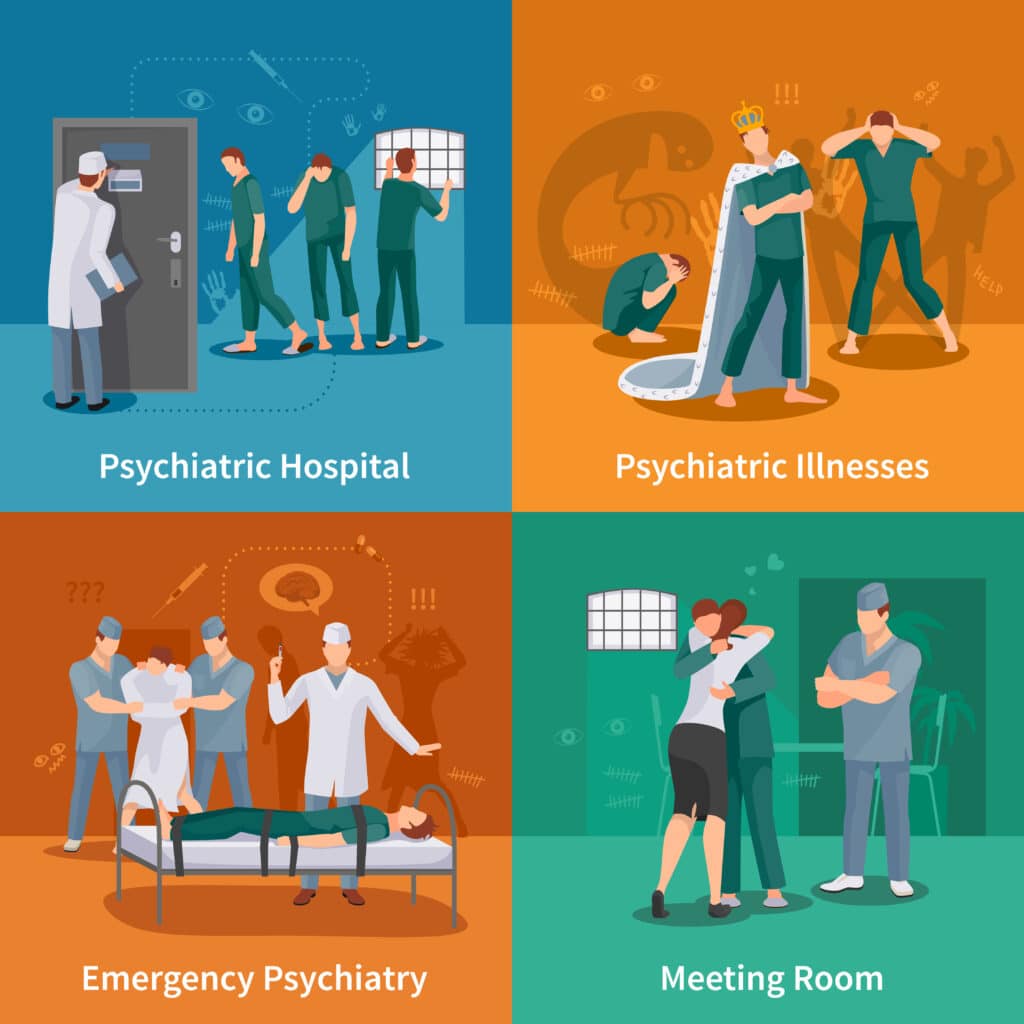Imagine being in a dark tunnel, with little hope of seeing light. Inmates often experience this feeling. However, rehabilitation programs serve as glimmers of hope, guiding them towards a brighter end. But what types of inmate rehabilitation programs exist? Let’s unravel this mystery, revealing how these programs can transform lives.
Discover Justice-Oriented Counseling Solutions Today!

Importance of Inmate Rehabilitation
Rehabilitation of inmates is important for several reasons. First, it can help reduce recidivism. Studies have shown that inmates who participate in rehabilitation programs are less likely to reoffend. Second, rehabilitation can help promote prosocial behaviors. Rehabilitation programs can teach inmates skills and knowledge that will help them live a productive and responsible life. Third, rehabilitation can help prepare inmates for life after prison. Rehabilitation programs can help inmates develop life plans, find employment, and obtain social support.
Objectives of Inmate Rehabilitation
The objectives of inmate rehabilitation are:
- Reduce Recidivism: Rehabilitation should focus on helping inmates overcome the factors that led them to commit crimes in the first place. This may include treatment for substance use disorders, mental disorders, and other mental health issues.
- Promote Prosocial Behaviors: Rehabilitation should teach inmates skills and knowledge that will help them live a productive and responsible life. This may include education, job training, life skills, and social skills.
- Prepare Inmates for Life After Prison: Rehabilitation should help inmates develop life plans, find employment, and obtain social support.
Types of inmate rehabilitation programs
Initial Assessment and Diagnosis
The first step in inmate rehabilitation is to perform an initial assessment and diagnosis. This will help identify each inmate’s individual needs and ensure they receive appropriate services. The assessment should include an evaluation of the inmate’s educational, occupational, mental health, and social needs.
Educational Programs
Educational programs can help inmates acquire the skills and knowledge they need to gain employment and live an independent life. Educational programs can include basic and secondary education, vocational and technical training, and higher education.
Job Training and Skill Development
Job training and skill development programs can help inmates develop the skills and experience they need to find employment. These programs can include basic skill training, specific industry skill training, and job placements.
Therapy and Counseling
Therapy and counseling programs can help inmates overcome mental health and addiction issues that may contribute to criminal behavior. These programs can include individual and group therapy, treatment for substance use disorders, and cognitive-behavioral therapy.
Mental Health Programs
Mental health programs can help inmates identify and treat mental disorders that may contribute to criminal behavior. These programs can include diagnosis and treatment of mental disorders, anger management programs, and support for chronic mental health illnesses.
Social and Life Programs
Social and life programs can help inmates develop the skills and knowledge they need to live an independent life. These programs can include life skills training, social skill development programs, and preparation for family and community reintegration.
Targeted Interventions for Specific Groups
Programs aimed at specific populations, such as youth, women, elderly, and minorities, can address the specific needs of these groups. These programs can include tailored cultural and religious services, support for minorities, and vulnerable groups.
Participation in Constructive Activities
Programs that offer inmates the opportunity to participate in constructive activities, such as art, music, sports, and recreation, can help develop their skills, reduce stress, and promote social reintegration.
Community Involvement and Mentoring
Programs that connect inmates with community organizations and mentors can help inmates develop support networks and prepare for life after prison.
Technology and Innovative Programs
Technology can be used to provide inmates with access to education, job training, and other rehabilitation services. Evidence- and data-based programs can help ensure that rehabilitation programs are effective.
Challenges and Barriers to Effective Rehabilitation
Despite the importance of inmate rehabilitation, there are several challenges and barriers that can hinder its effectiveness. Some of these challenges include:
- Limited Resources and Funding: Rehabilitation programs are often poorly funded, which can limit their scope and quality.
- Overcrowding and Facility Conditions: Overcrowding and the conditions of prison facilities can make it difficult to provide effective rehabilitation services.
- Public Policies and Social Perceptions: Public policies and negative social perceptions about rehabilitation can make it hard to gain support for rehabilitation programs.
Conclusion
Inmate rehabilitation is an essential component of the criminal justice system. However, there are a number of challenges and barriers that can hinder its effectiveness. It is important to address these challenges to ensure that inmates have the opportunity to reintegrate into society and reduce the risk of reoffending.
